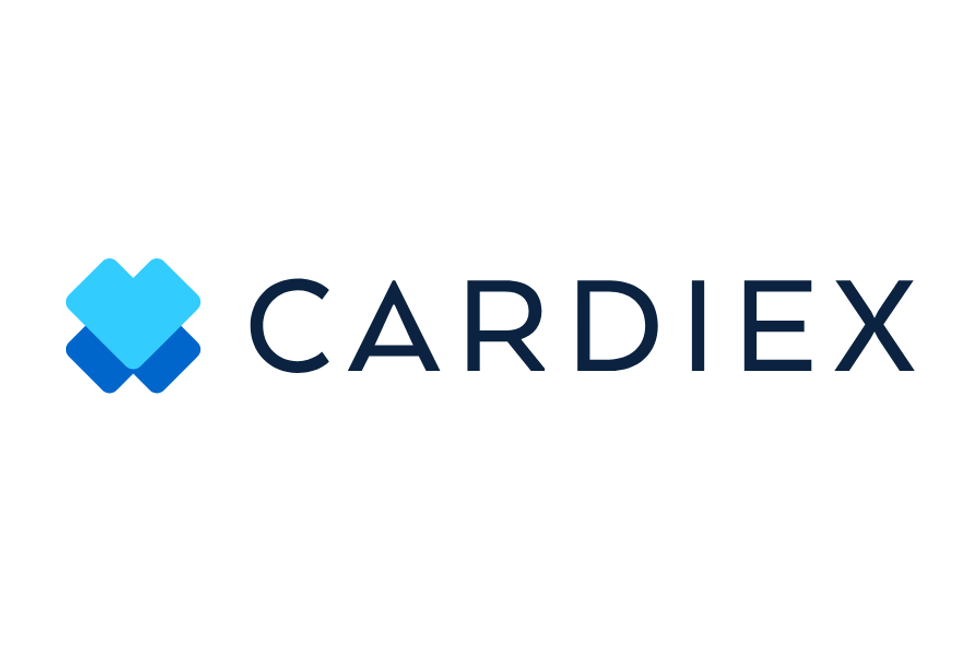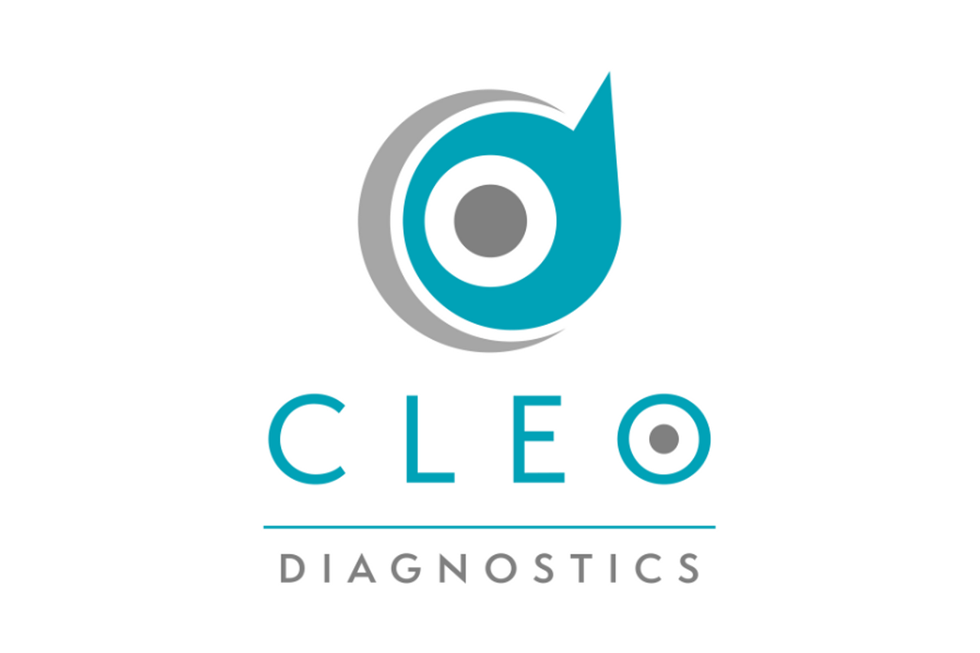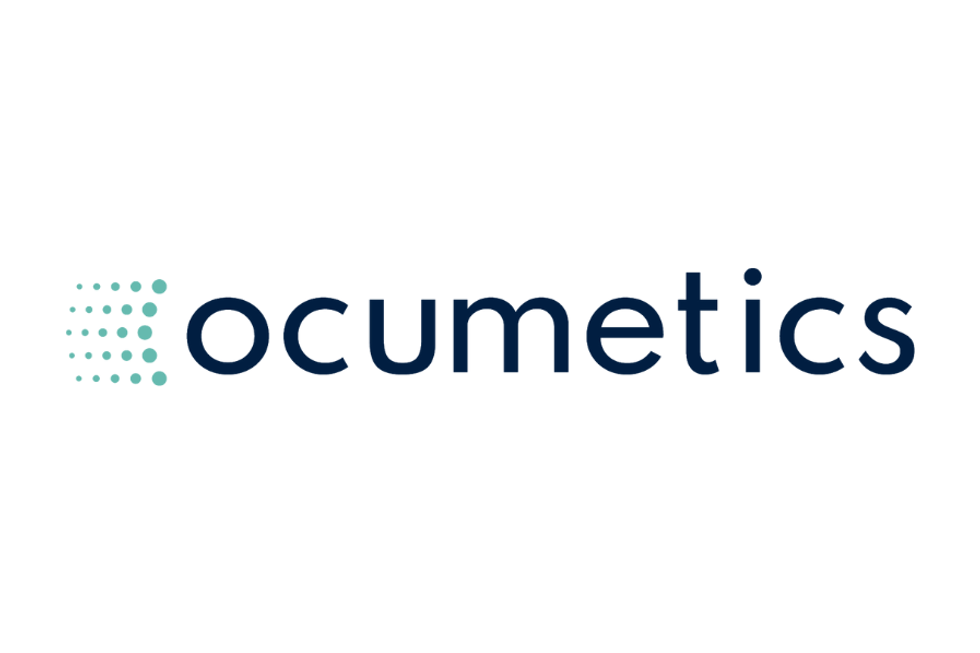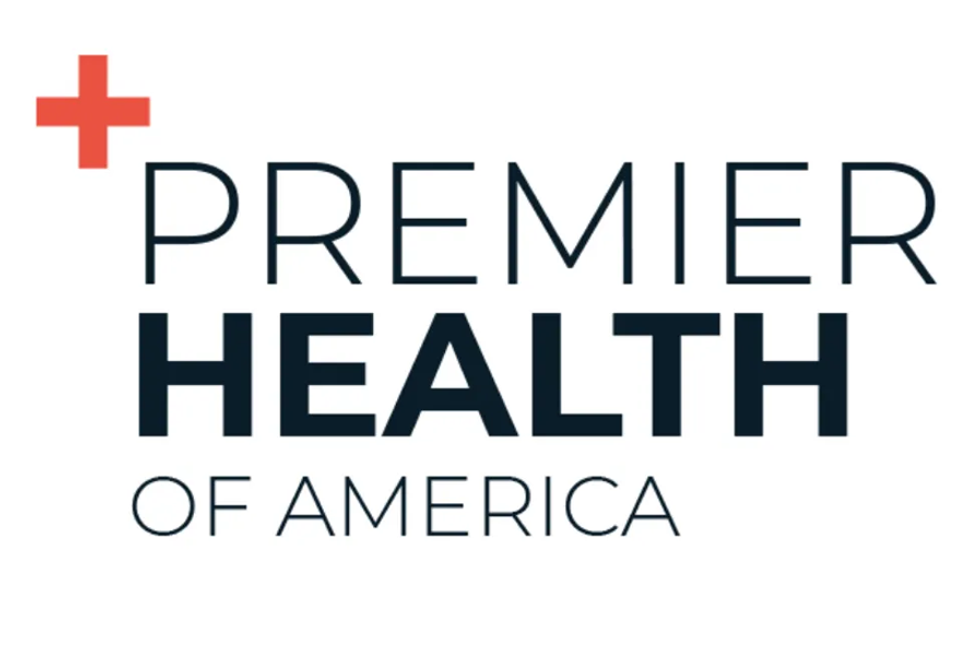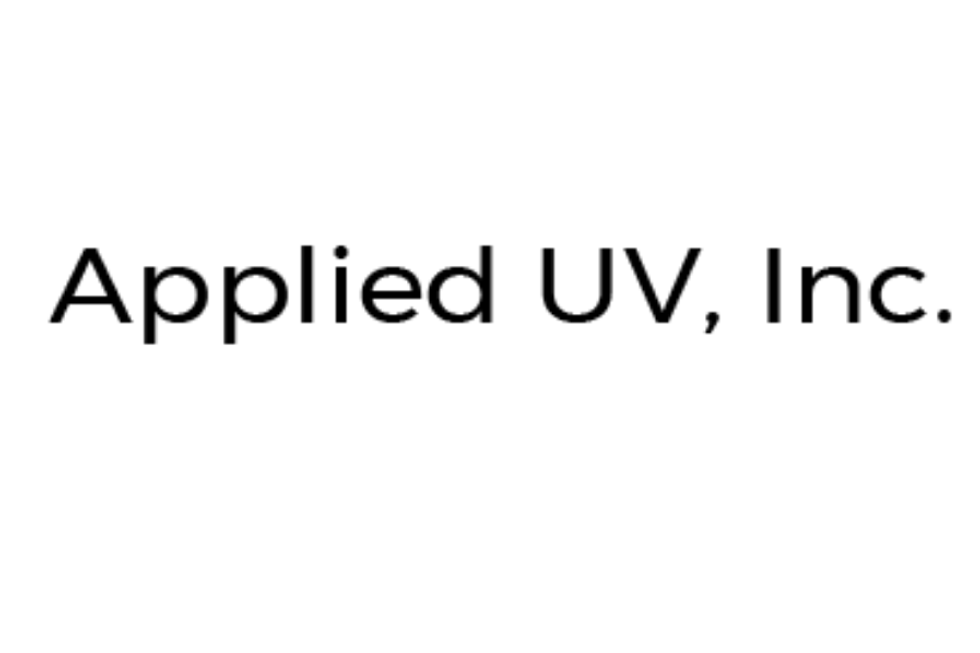LexaGene Tackling Antibiotic Resistance with Genetic Analyzer

The company’s device has the capabilities to identify pathogens and antibiotic and antimicrobial resistance in as little as an hour.
LexaGene (TSXV:LXG, OTCQB:LXXGF), a biotechnology company based in Massachusetts, is focusing its efforts on tackling rapid pathogen detection by way of its genetic analyzer.
A pathogen is a bacteria or infection that leads to disease. As described by the US National Institute of Medicine, pathogen detection takes genomic sequences from things such as food, people or environmental circumstances and unveils what has become infected.
Pathogen detection has become popular in various markets such as animal health care, food safety, diagnostics, pathology and clinical research.
While standard methods of bacteria testing can take days, LexaGene has developed a medical device — called the LX2 Genetic Analyzer — that has the ability to identify pathogens in addition to antibiotic and microbial resistance in as little as one hour.
In an interview with the Investing News Network, LexaGene CEO Dr. Jack Regan explained the reason the device is a genetic analyzer is because it leverages the power of genomics by using preliminary chain reaction (PCR).
“That particular chemistry allows for the amplification of genetic targets to the tune of roughly a trillion fold,” he said. “It allows for extremely sensitive detection, which is very important when you are looking for pathogens.”
Regan explained that in addition to identifying pathogens, the company is also using the device to look at detecting infections. He said often times, when looking at detecting infections it isn’t good enough. Rather, he said it’s vital to find not just the root cause but how to best treat the patient or animal that is sick.
“This gets us to antibiotic resistance,” he told INN. “It’s not just antibiotics, it’s antifungal or antiviral. Pathogens have a remarkable way of trying to survive.”
Antibiotic overuse and misuse has become a huge problem because of growing antibiotic resistance, which is when drugs or chemicals become less effective at treating infections or bacteria. According to the US Food and Drug Administration (FDA), the problem has grown so much that it is now considered a global threat.
The most recent Centers for Disease Control and Prevention report on the issue — which came out in 2013 and is projected to be updated in 2019 — indicates that in the US there have been more than two million illnesses related to antibiotic resistance and 23,000 deaths.
Regan said what his company’s device can do is look at specific genetic signatures that are unique to conferring resistance to an antibiotic, which can then quickly provide data to a health care professional.
In simple terms, the person using the device loads the samples and presses “go” to begin the sample processing. From there, the genetic analyzer withdraws the liquid samples into a preparation cartridge where the genetic material is purified. At least 15 reactions are put together, the first being negative, while the rest are are real-time PCR reactions. Each one has its own positive control to ensure the samples are mixed successfully.
While the device has not been officially cleared by the FDA, the company is working towards receiving clearance sometime in the near future. According to Regan, LexaGene finished a pilot clinical study in February in pets, which successfully detected all six pathogens in 107 dog urine samples that were tested.
Following that, the company started beta prototype development. Regan said the purpose of this was to take that technology and compound it to a form factor where it can be shipped to customers.
“Our first beta placement was in a veterinary hospital because we recognized urinary tract infections are a big deal in the vet space,” he explained. “Dogs and cats get sick with the same things as humans do.”
The beta prototype was placed in a Massachusetts-based veterinary hospital in June, which will also screen samples of common antibiotic resistance factors. By August, the company had placed the beta unit in a human clinical diagnostics lab in Alabama.
Regan said that human clinical diagnostics require FDA clearance or the use of a reference laboratory that processes human samples for disease status. He further explained that these labs also need to use an FDA-cleared instrument — or the laboratory director needs to develop a test the FDA validates — that the FDA has confirmed as being accurate to use in human clinical diagnostics.
“That allows companies like LexaGene to eventually sell our technology into labs for use,” Regan said. “However, we cannot market our technology as being explicitly used for human clinical diagnostics.” He added that the company can market the device as a research-use only instrument until the FDA clears it.
While the company is focused on antibiotic resistance and rapid pathogen detection in veterinary clinics and human diagnostic clinics, Regan said the technology the company has developed can be used across a range of market segments. Case in point, in September the LX Analyzer was placed into two cannabis testing laboratory sites in Massachusetts to test hemp and cannabis products for contamination and pathogens such as bacteria and mold.
Regan explained that, as the drug has become more popular, the understanding that its toxicities are relatively mild has become more widespread, and focus has switched to its benefits, including alleviating pain. This means that medical cannabis use has become widespread as well, even though cannabis is illegal at the federal level.
However, people who have cancer or who are immunocompromised can catch an infection if the product is contaminated, which can be fatal. As such, the company’s technology is now being used to test cannabis products in two laboratories in Massachusetts for pathogens, which includes looking for yeast, mold and bacteria count.
“It’s shocking how much mold and, for that matter, bacteria are on cannabis and hemp products,” Regan said. “This really drives the importance of screening those products to make sure they’re safe for consumption.”
Don’t forget to follow @INN_LifeScience for real-time updates!
Securities Disclosure: I, Jocelyn Aspa, hold no direct investment interest in any company mentioned in this article.
Editorial Disclosure: The Investing News Network does not guarantee the accuracy or thoroughness of the information reported in the interviews it conducts. The opinions expressed in these interviews do not reflect the opinions of the Investing News Network and do not constitute investment advice. All readers are encouraged to perform their own due diligence.
